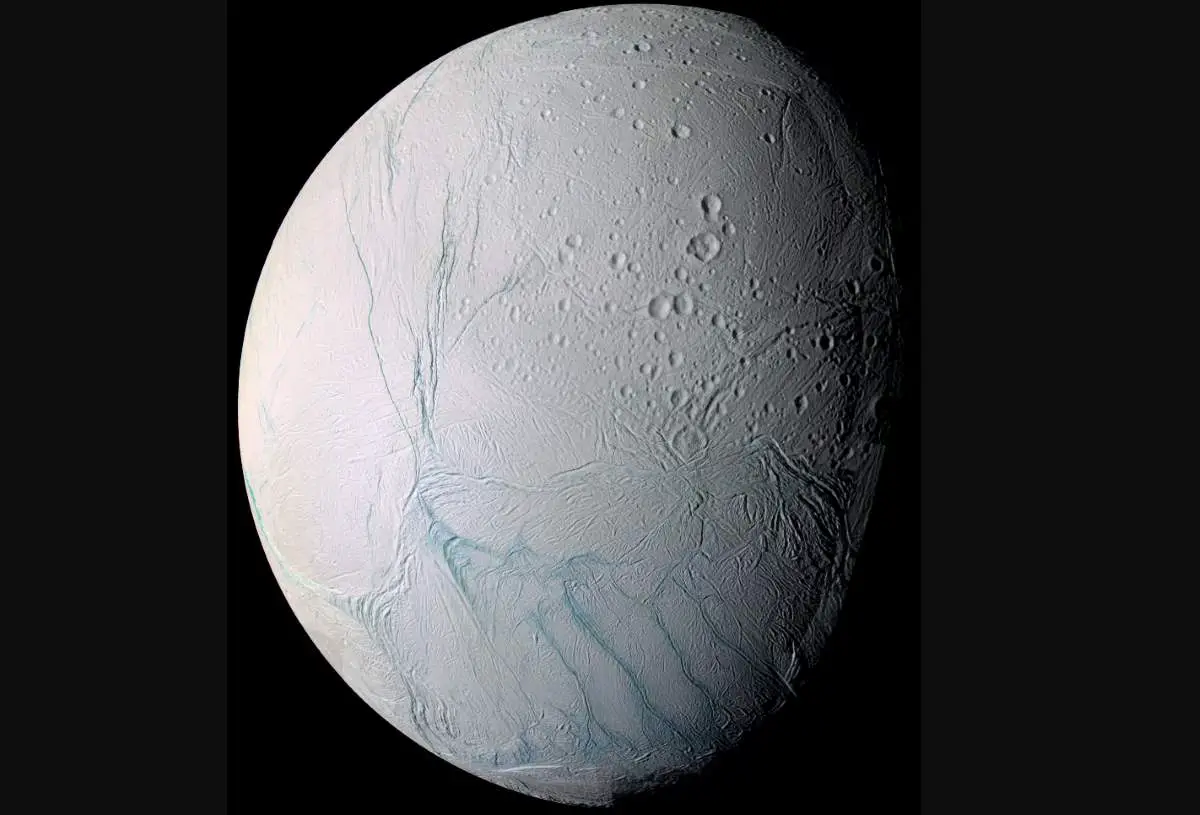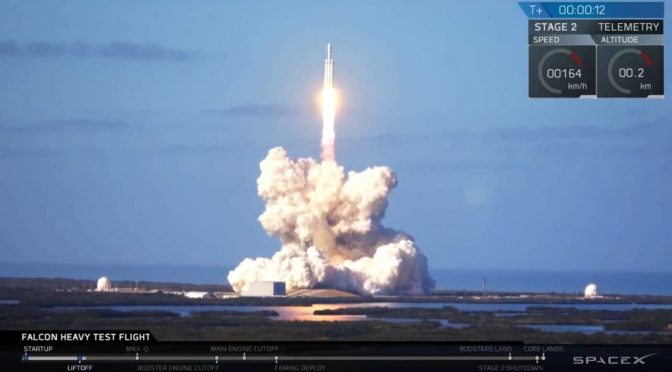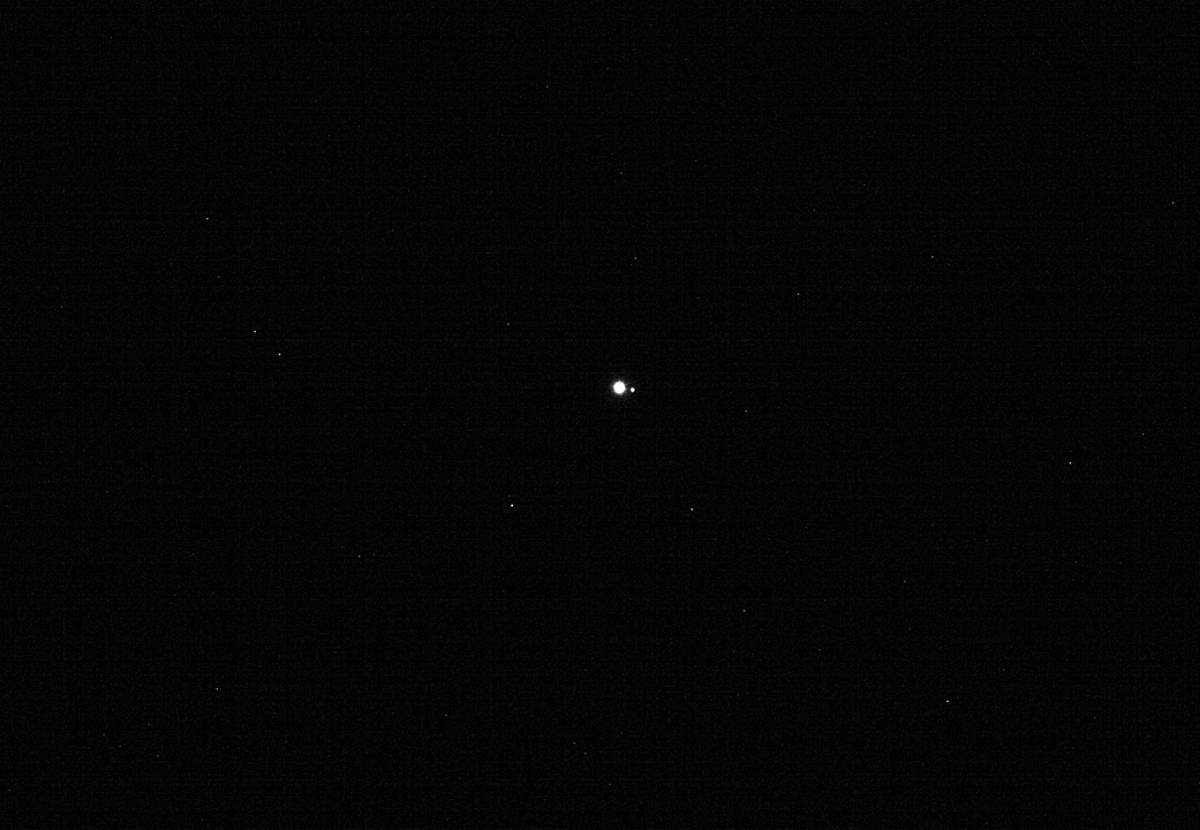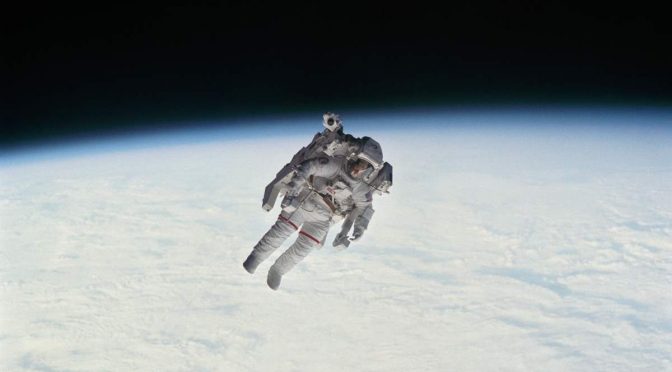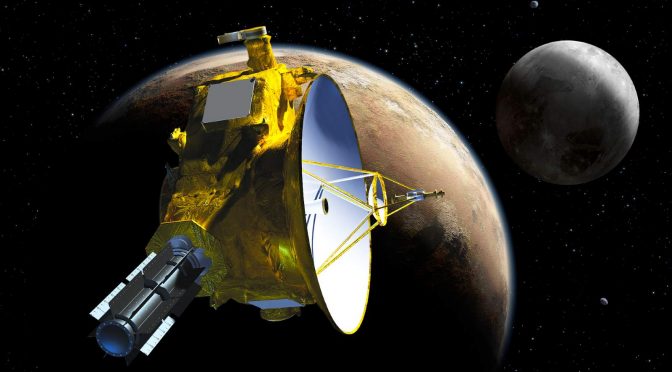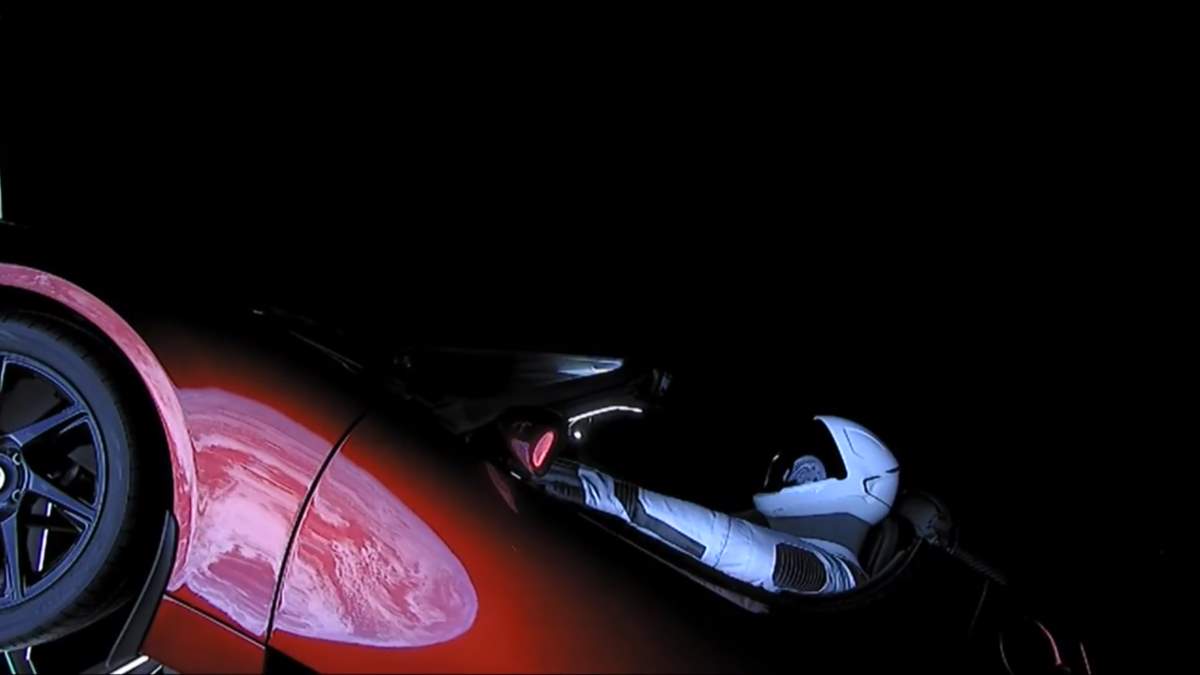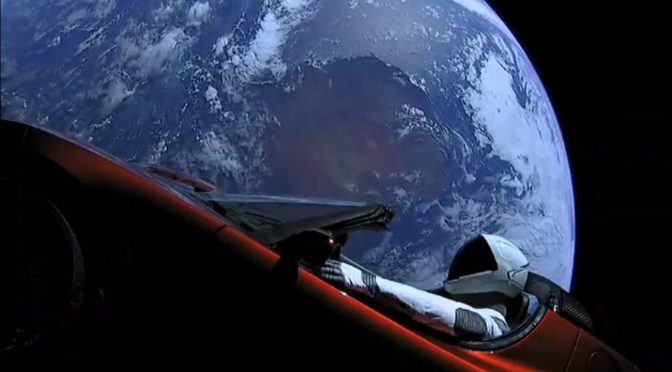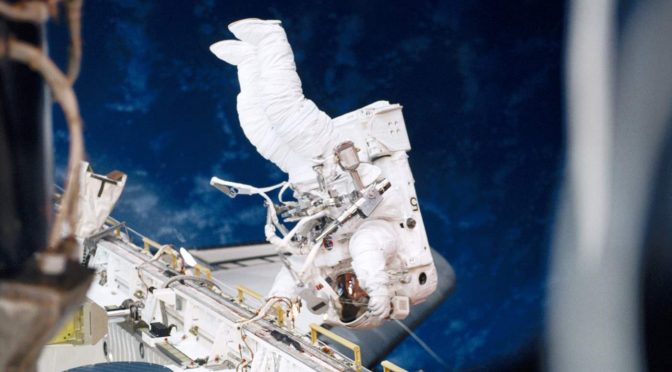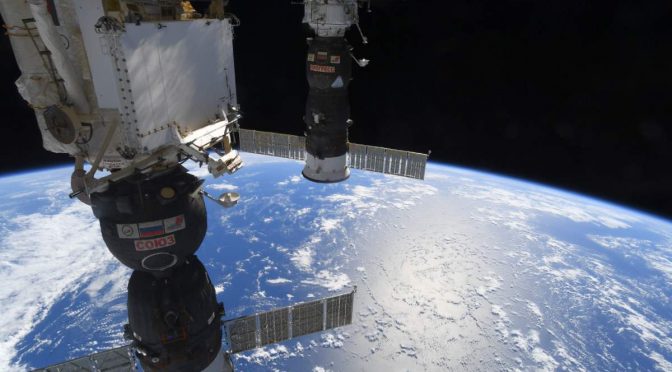This will go down as one of the greatest videos in history, and you must share it with everyone you know. It is one of the great achievements our species has ever done. SpaceX’s Falcon Heavy test flight was successful and the rocket’s upper stage, together with Elon Musk’s electric sports car Tesla and the dummy “Starman”, are on their way to Mars.
When Falcon Heavy lifted off, it became the most powerful operational rocket in the world by a factor of two. This rocket that may one day carry humans to the Moon or Mars! With the ability to lift into orbit nearly 64 metric tons (141,000 lb)-a mass greater than a 737 jetliner loaded with passengers, crew, luggage, and fuel-Falcon Heavy can lift more than twice the payload of the next closest operational vehicle, the Delta IV Heavy, at one-third the cost. Falcon Heavy draws upon the proven heritage and reliability of Falcon 9.
